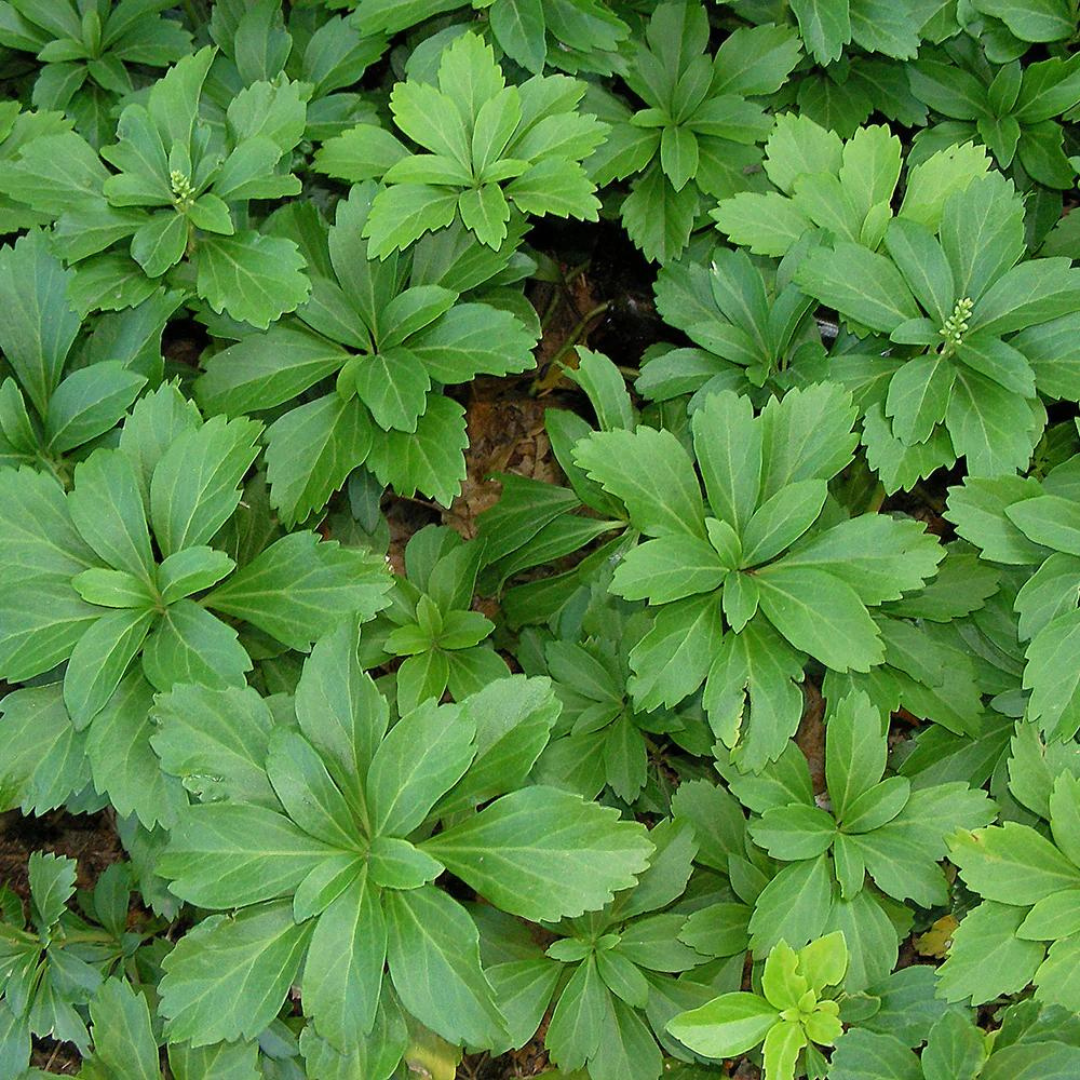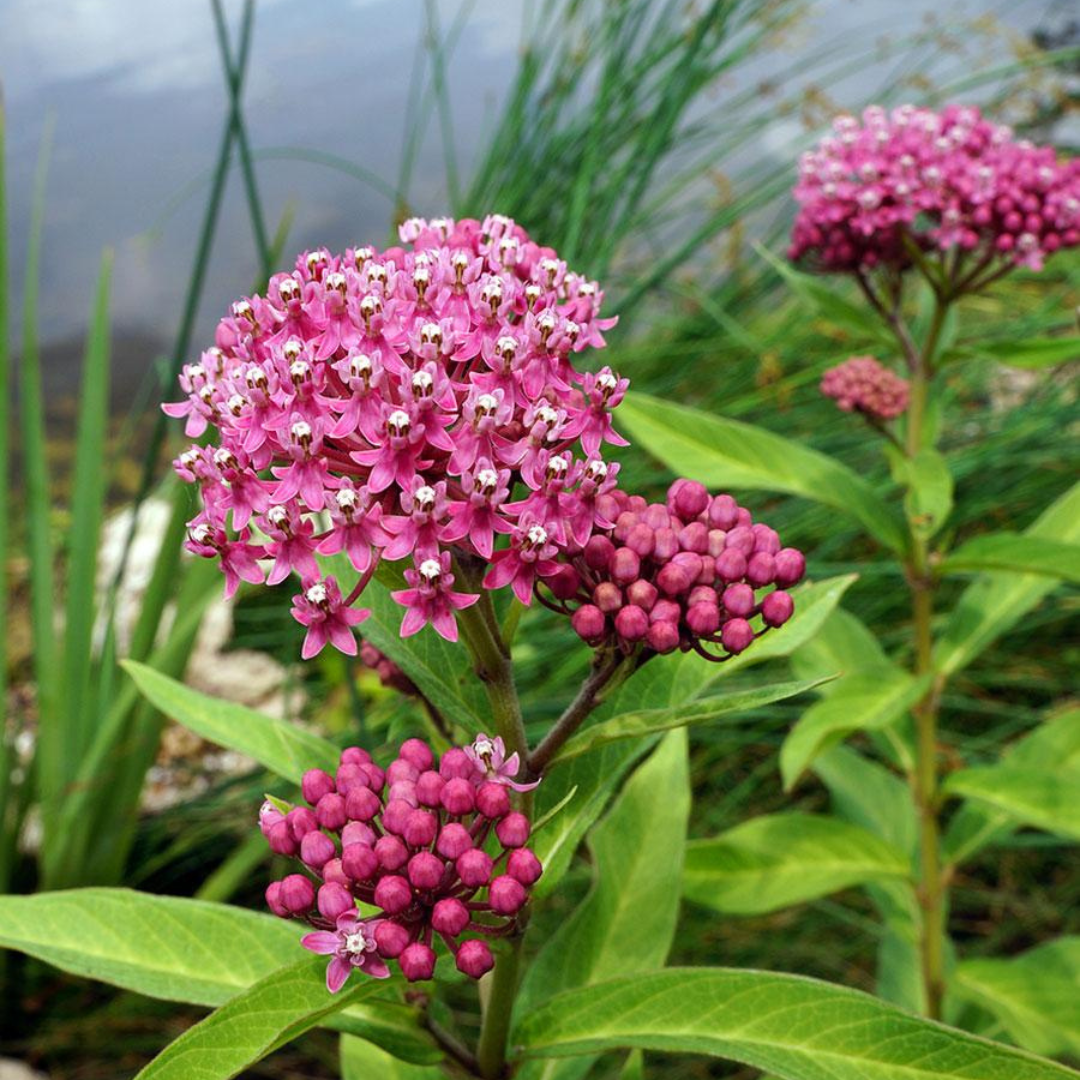
Asclepias incarnata
Add to Wishlist Full Sun
Full Sun
 Deer Resistant
Deer Resistant
 Pollinator Friendly
Pollinator Friendly
 Native
Native
- In stock, ready to ship
- Backordered, shipping soon
Asclepias incarnata: The Graceful Native of Summer Wetlands
Elegant and ecologically essential, Asclepias incarnata—commonly known as swamp milkweed—offers fragrant clusters of rose-pink flowers atop tall, upright stems in midsummer. Its narrow green leaves and tidy form give it a refined look, while its blooms draw monarch butterflies, bees, and other beneficial pollinators in abundance. Thriving in moist soils and full sun, this native perennial brings structure, movement, and purpose to naturalized and ornamental plantings alike.
Plant Characteristics:
- Height: 90–120 cm
- Spread: 45–60 cm, upright and clump-forming
- Flower Colour: Soft to bright rose-pink
- Flowering Period: Midsummer to early fall
- Foliage: Narrow, lance-shaped leaves; medium green
- Sunlight Requirements: Full sun
- Soil Requirements: Moist to wet, rich soils; tolerates clay and seasonal flooding
Uses and Benefits: Asclepias incarnata excels in rain gardens, moist borders, wildlife gardens, and naturalized meadows. It’s a critical host plant for monarch butterfly larvae and a reliable nectar source for a wide range of native insects. With its tall, airy presence and long bloom period, it serves as both a functional habitat plant and a striking garden feature in summer compositions.
Companion Plants: Plant alongside Eupatorium 'Baby Joe' for soft, mid-height structure and extended bloom, Carex 'Ice Dance' for clean, variegated foliage at the base, and Lobelia siphilitica for a late-season burst of blue among the pink plumes.
Care Instructions: Best grown in full sun with evenly moist to wet soil. Water regularly during dry spells, especially in the first season. Allow seedpods to mature if you wish to encourage natural reseeding or leave stems standing for winter interest. Avoid transplanting once established, as plants dislike root disturbance.
History: Native to wet meadows and streambanks across eastern North America, Asclepias incarnata has long been valued for its wildlife benefits and ease of care in appropriate conditions. It plays a key role in monarch conservation efforts and brings native beauty to designed and naturalistic gardens alike.
Final Thoughts: Refined yet wild at heart, Asclepias incarnata bridges the gap between habitat restoration and ornamental gardening—bringing life, colour, and movement to the summer garden with grace and integrity.






